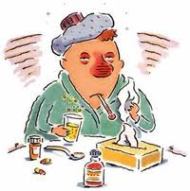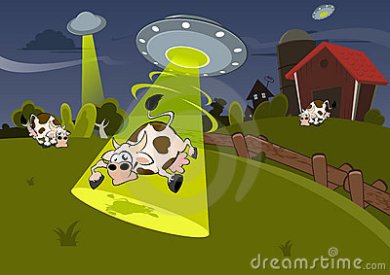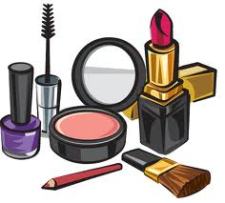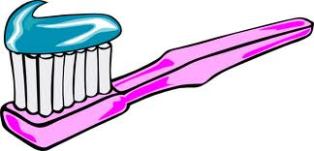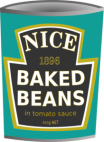 Funny sounding name, don’t you think? It always got more than a few snickers in grade school as our teacher robotically recited the food groups as part of the state mandated curriculum. We never really knew what it meant; in fact if you ask most adults, they are equally ignorant. Turns out one of every kids favorite dishes, baked beans, is actually the mysterious legume.
Funny sounding name, don’t you think? It always got more than a few snickers in grade school as our teacher robotically recited the food groups as part of the state mandated curriculum. We never really knew what it meant; in fact if you ask most adults, they are equally ignorant. Turns out one of every kids favorite dishes, baked beans, is actually the mysterious legume.
Fast forward to the Northeast Blackout of 2003, when the power-grid went down plunging several states and Canadian provinces into darkness for days, taking other utilities and gas stations down with it. Like many, I was sent home early from work and soon found myself at the local supermarket. Anything refrigerated or frozen had been sealed off from the panicked shoppers; a 30ish woman was running up and down the aisles wailing repeatedly “what will I feed my children?” At first I though she was a total idiot but then it occurred to me, she was of a generation that was raised on prepackaged processed microwavable food and she had no clue about nutrition, meal preparation or real food. Truth be told, other than canned tuna or peanut butter, I was at a bit of loss on how I would get protein in the uncertain days or weeks ahead. That’s when I rediscovered legumes.
Turns out legumes are a major component of everything from the hummus in your pita to the refried beans in your burrito, but there is a whole world of legumes out there. For those of you who wish to get your protein from places other than the fatty toxic mix of pesticides, growth hormones and antibiotics infused meat of stressed-out diseased animals from factory farms; legumes provide a wonderful alternative. Legumes are also a great source of essential vitamins, minerals, cholesterol lowering fiber and slowly digestible carbohydrates, which are especially important if you are diabetic or at risk. See nutritional chart.
While legumes are available fresh, most people use the canned or dried form for convenience. Canned legumes have a shelf life of about 5 years & are packed in liquid, which make them the preferred staple for an emergency pantry when fresh water may not be available due to extreme weather conditions. Dried legumes are the least expensive, and are best for storage since they are less bulky and have a 10 year shelf life, while lacking the sodium, preservatives & chemicals used in the packaging of the canned variety. The best prices on dried legumes are usually found at Indian grocers. Dried legumes need to soak overnight and usually cooked for an hour; see cooking chart.
RECIPES
If you or your family is new to legumes, you may want to start out slowly. Here are some easy tasty recipes, one for each legume, that include something for everyone: dip, salad, crunchy snack, soup, side dish and main dish. Enjoy!
- Black-Eyed Peas with Pork & Greens (Hoppin’ John variation)
- Zesty Adzuki Bean Salad
- Best Black Beans Side Dish
- Fava Bean Dip with Goat Cheese & Garlic
- Garlic Teriyaki Edamame
- Crispy Roasted Chickpeas (Garbanzo Beans)
- Authentic Louisiana Red Beans and Rice
- Giant Lima Bean Ragout (or Soup)
- Vermicelli in Chili Oil, Soy Sauce, and Vinegar (Mung Beans)
- Boston Baked Beans (Navy Beans)
- Buttery Pigeon Pea Dal (Mitti Handi Dal)
- Southern Living Pinto Beans
- Best Ever Split Pea
- Provençal White Bean Dip
- Grilled Winged Beans with Miso Dipping Sauce
Make legumes your new BFF, and you will be trilled at how much it trims from your grocery bill as well as your waistline.
Good news readers, you can now follow me on Facebook! Simply visit Real Penny Wise and click LIKE. Be sure to SHARE with your friends too.
